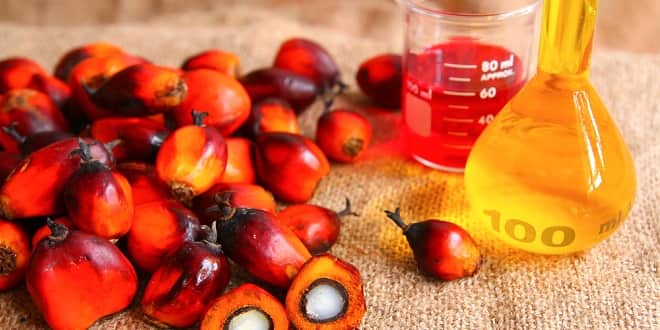Esterification
Esterification
Introduction:
Esters are a class of organic compounds which, unlike many organics, have pleasant odors. In fact, many of the "artificial flavors" used in food products are very pure esters. Esters occur naturally but can also be synthesized in the lab. To synthesize an ester, you must start with two other organics – an alcohol and an acid. The alcohol and the acid react to form the ester and a water molecule. Some esters that can be easily synthesized include methyl salicylate (oil of wintergreen), isoamyl butyrate (pear), isoamyl acetate (banana), ethyl acetate (fruity), and methyl acetate (sweet smell).
Purpose:
To synthesize and identify organic esters.
Materials/Equipment:
microscale kit sulfuric acid (conc.)
250 mL beaker acetic acid, glacial
hot plate salicylic acid
thermometer isoamyl alcohol
4 styrofoam cups methanol
parafilm ethanol
Safety Considerations:
Always wear goggles and an apron.
Keep all reactants away from flames.
Do not try to taste any of the esters.
Use extreme caution with the concentrated acids.
…




